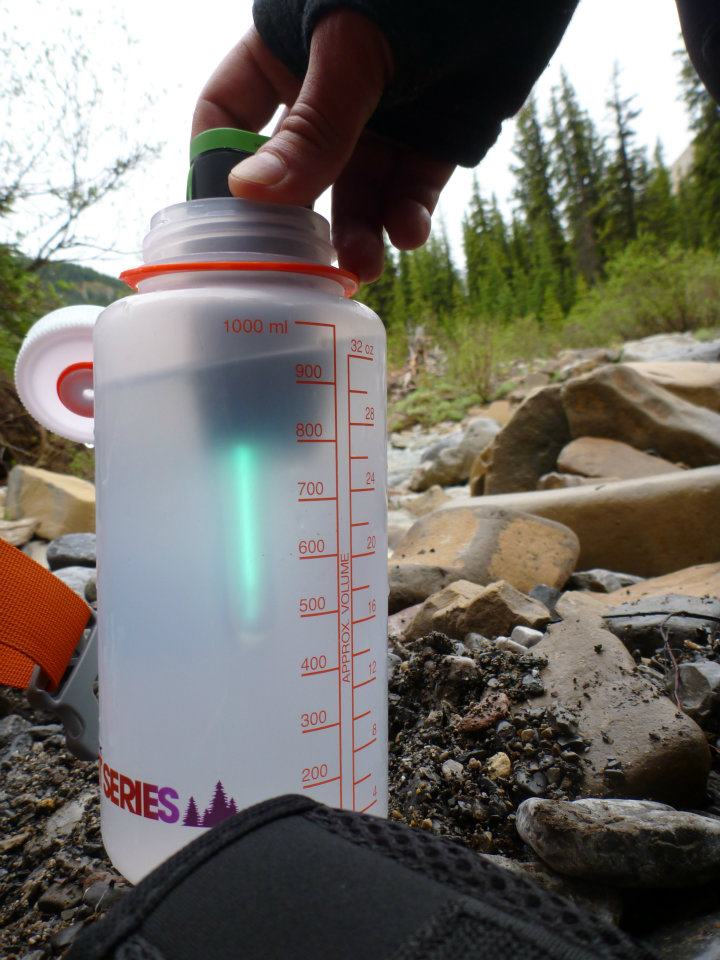Water Purification
Water
Water is essential for life. People can go up to 3 weeks without food, but can go only 3 days without water before it becomes dangerous.
Potable water can be difficult to come by in the wilderness. Standing water such as puddles and stream beds can look clean, but may contain harmful bacteria and viruses.
Choosing water sources
- Look for moving water - river, waterfall, spring - that is exposed to sunlight. Sun is a natural disinfectant. Look for signs of animals, feces, carcasses and avoid collecting water from these areas.
- If standing water is the only option, skim water from the surface as sediment and particulate settles to the bottom.
- Cold water is less hospitable to bacteria. In the mountains, it is often indicative of glacial or snow-pack run-off which is inherently cleaner.
Making water potable
Potable water requires two things: filtration to remove sediment, and purification to eliminate toxins. While filtration is important to the taste and palatability of water, purification is essential for safe drinking water.
Filtration
The goal of filtration is to remove debris and sediment. The finer the medium, the more particulate will be filtered. Water can be filtered through a number of media. A shirt folded over is the most basic. Charcoal filters are great if you have one as they can remove most bacteria, but toxins such as viruses smaller than 0.2μm can still pass through.
Purification
The goal of purification is to eliminate toxins. Boiling water is the most basic, and often the most reliable. Chlorine tablets are effective, but can alter the taste and are not the most healthy option. It is preferred to take substances out of the water, not add to it. Ultraviolet (UV) purifiers such as SteriPen™ are the best option.
Last revised on 5 March, 2020.
